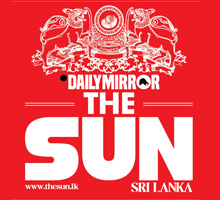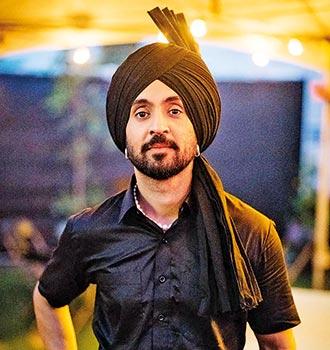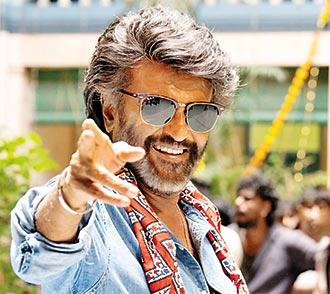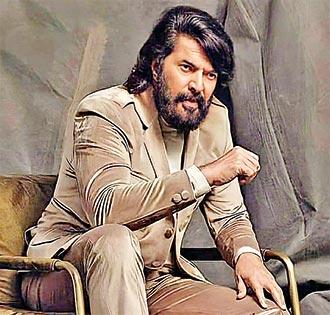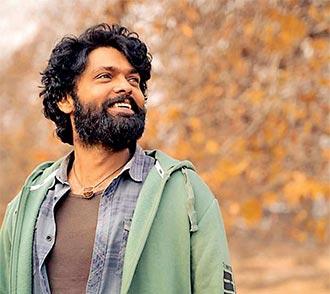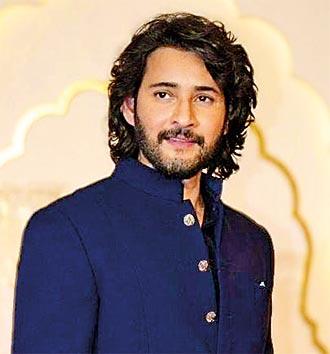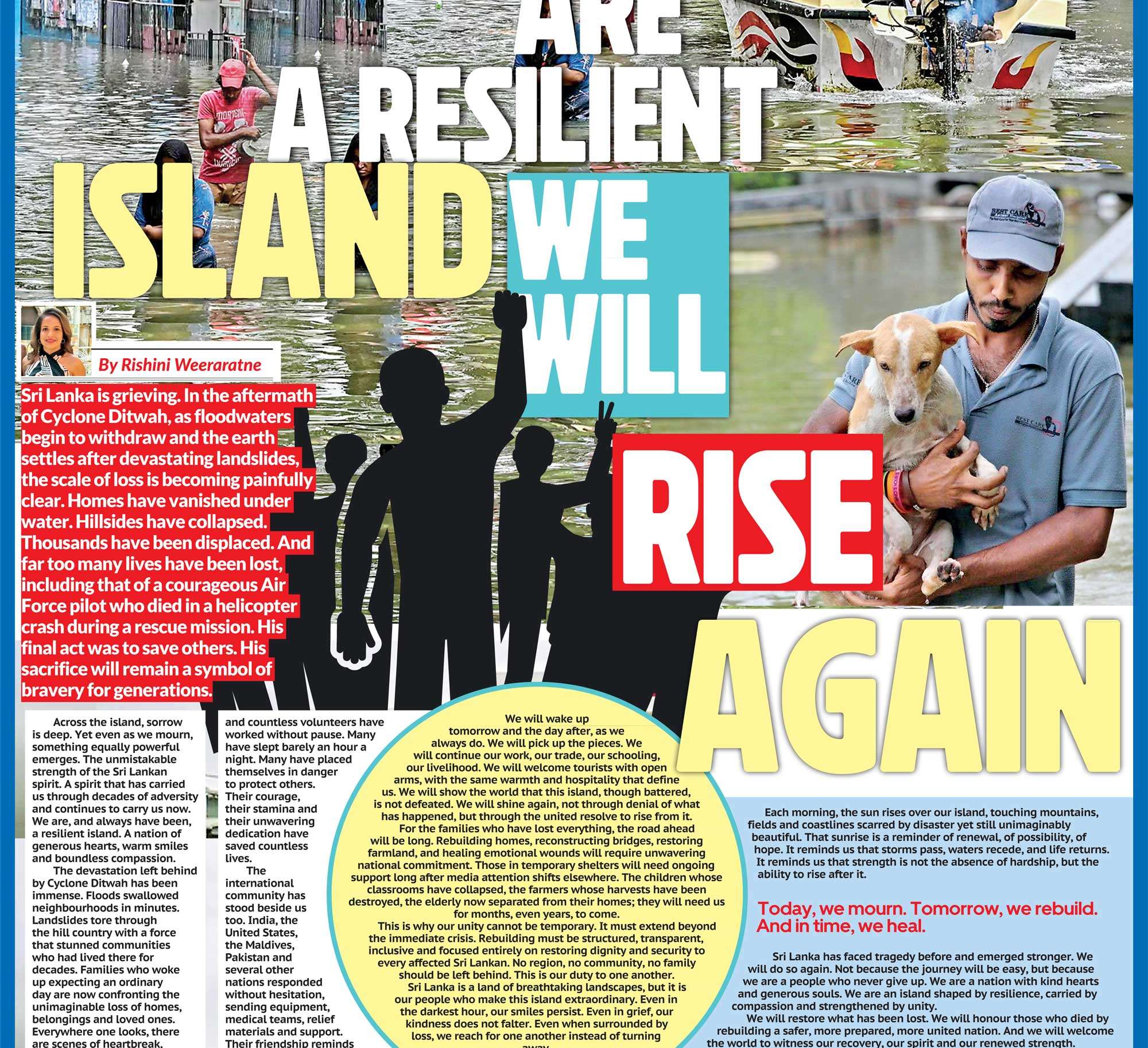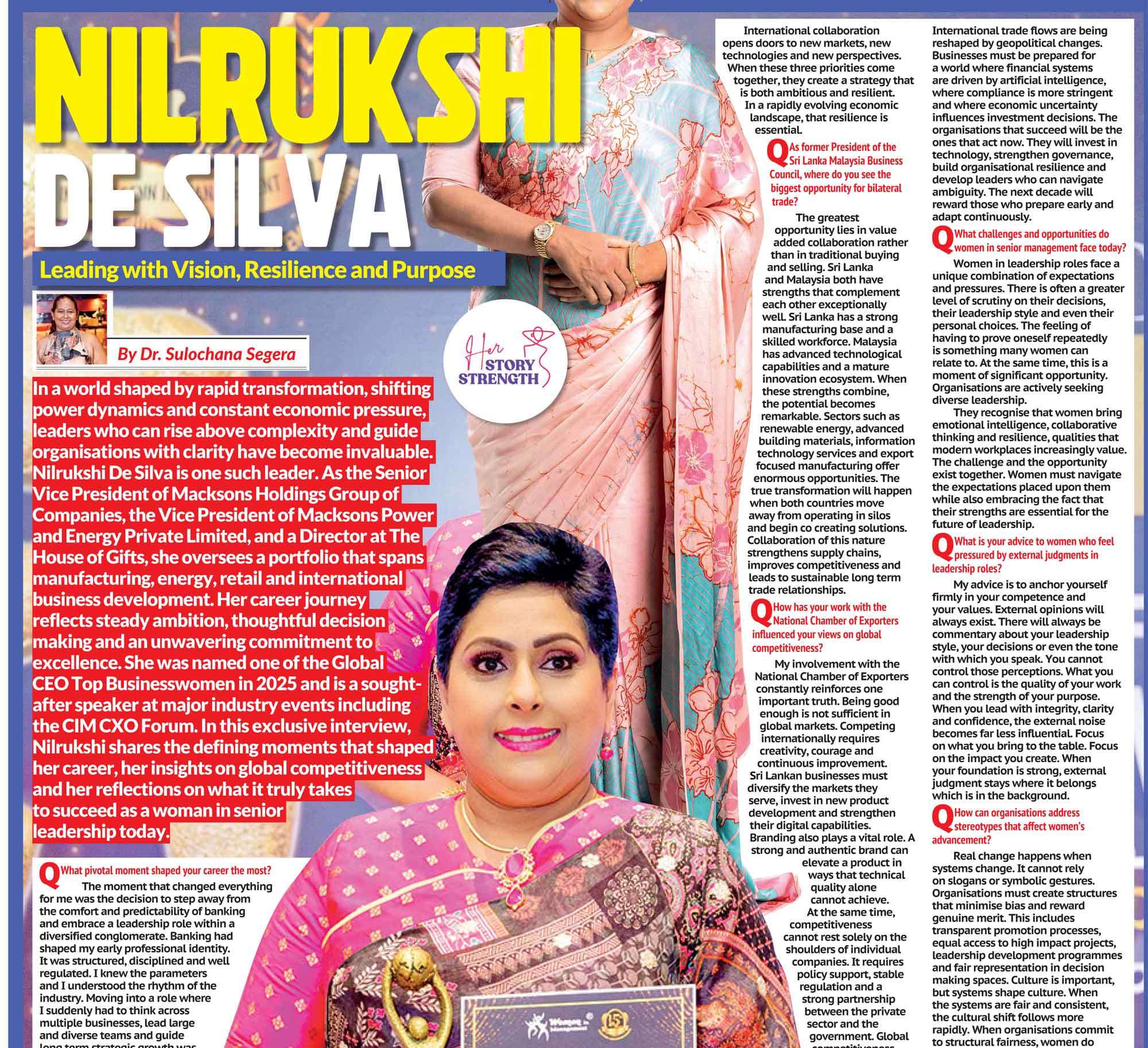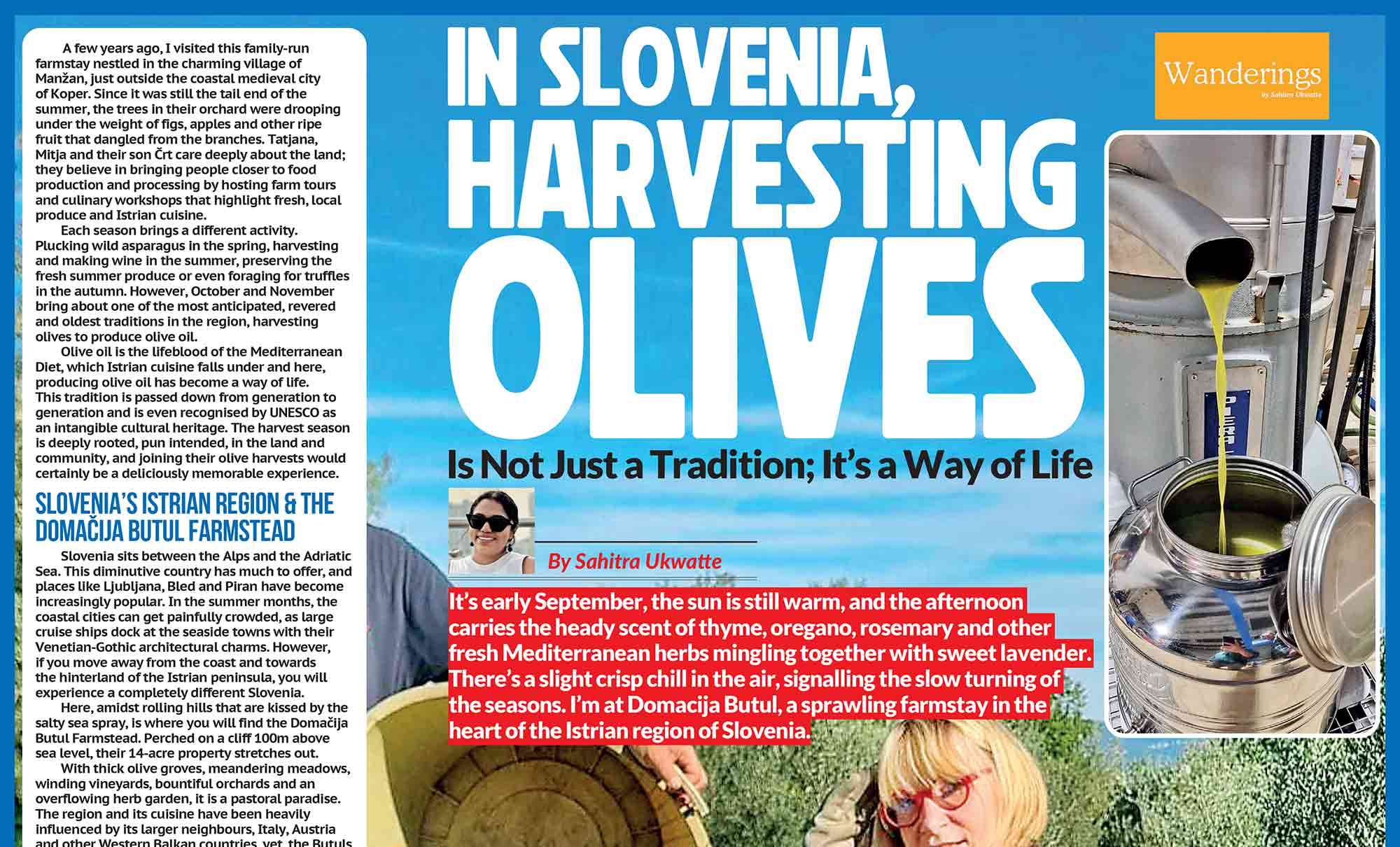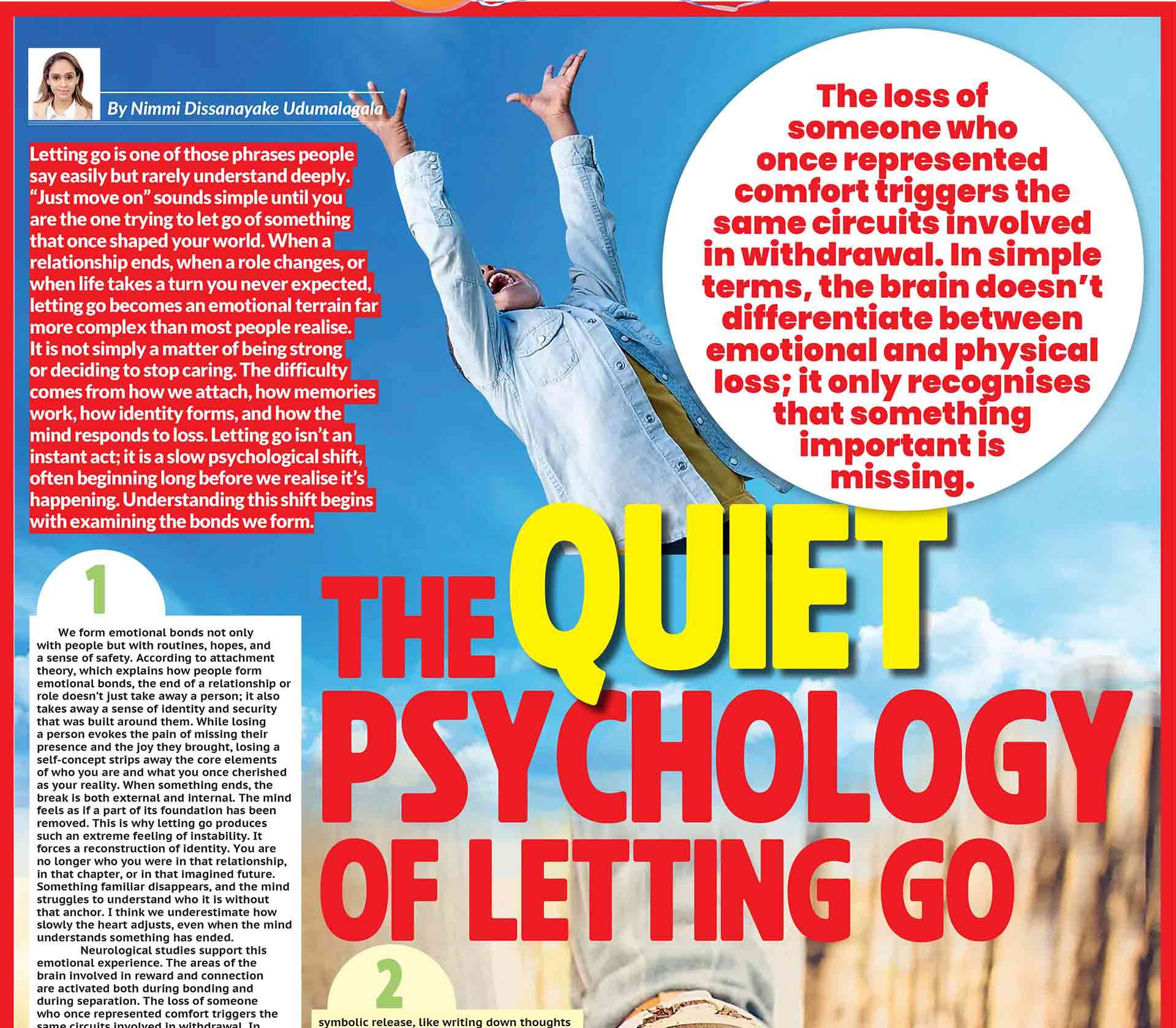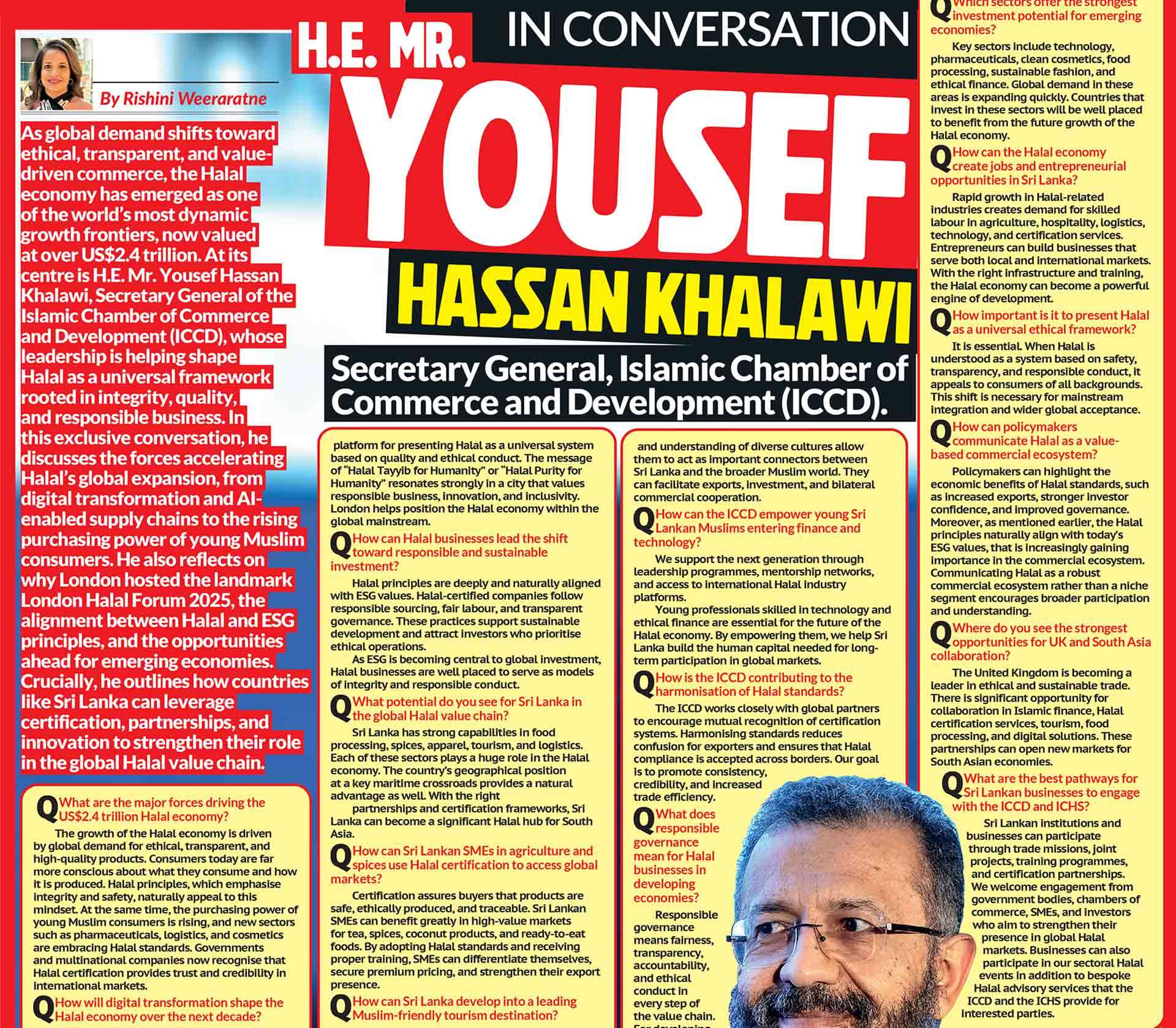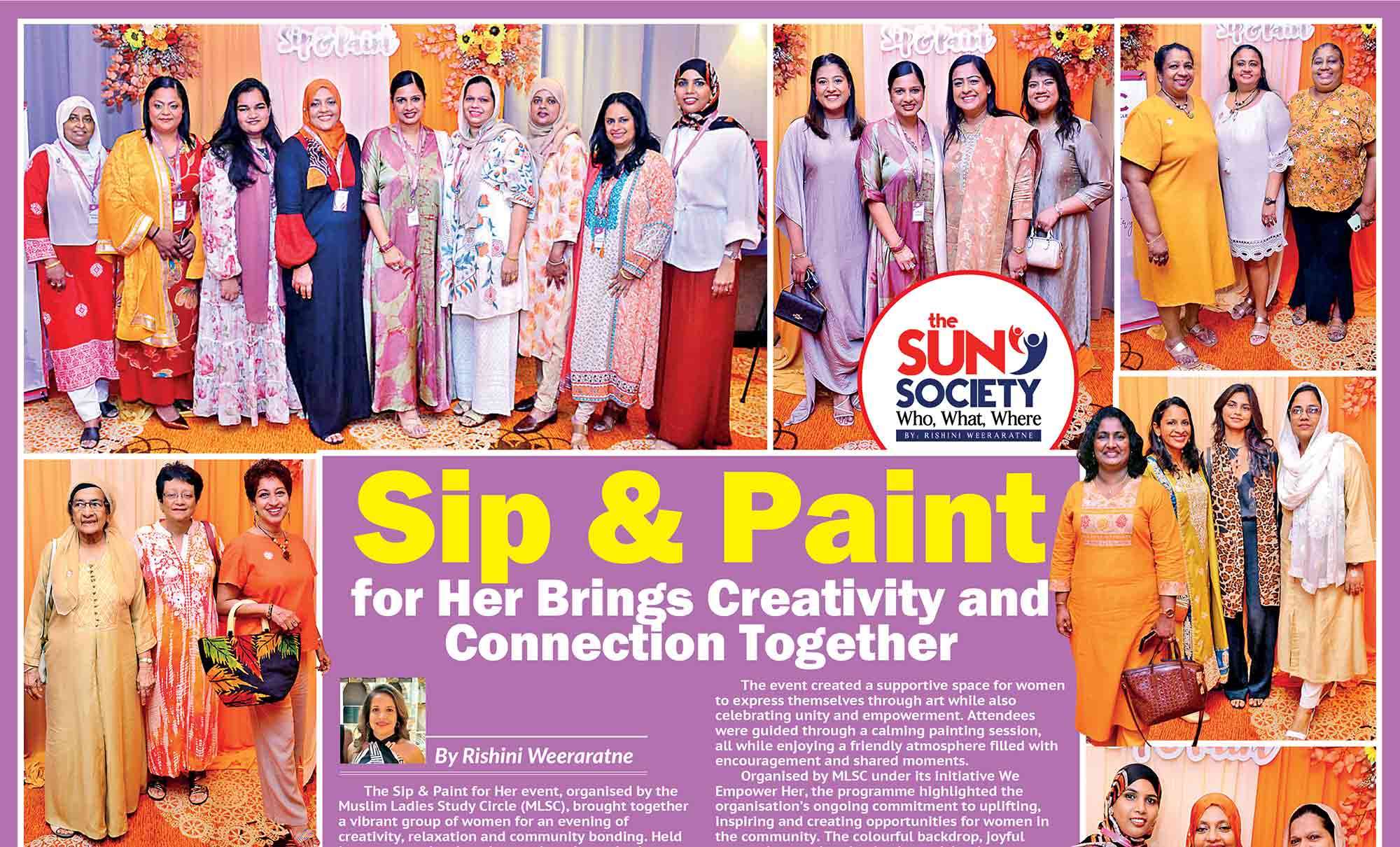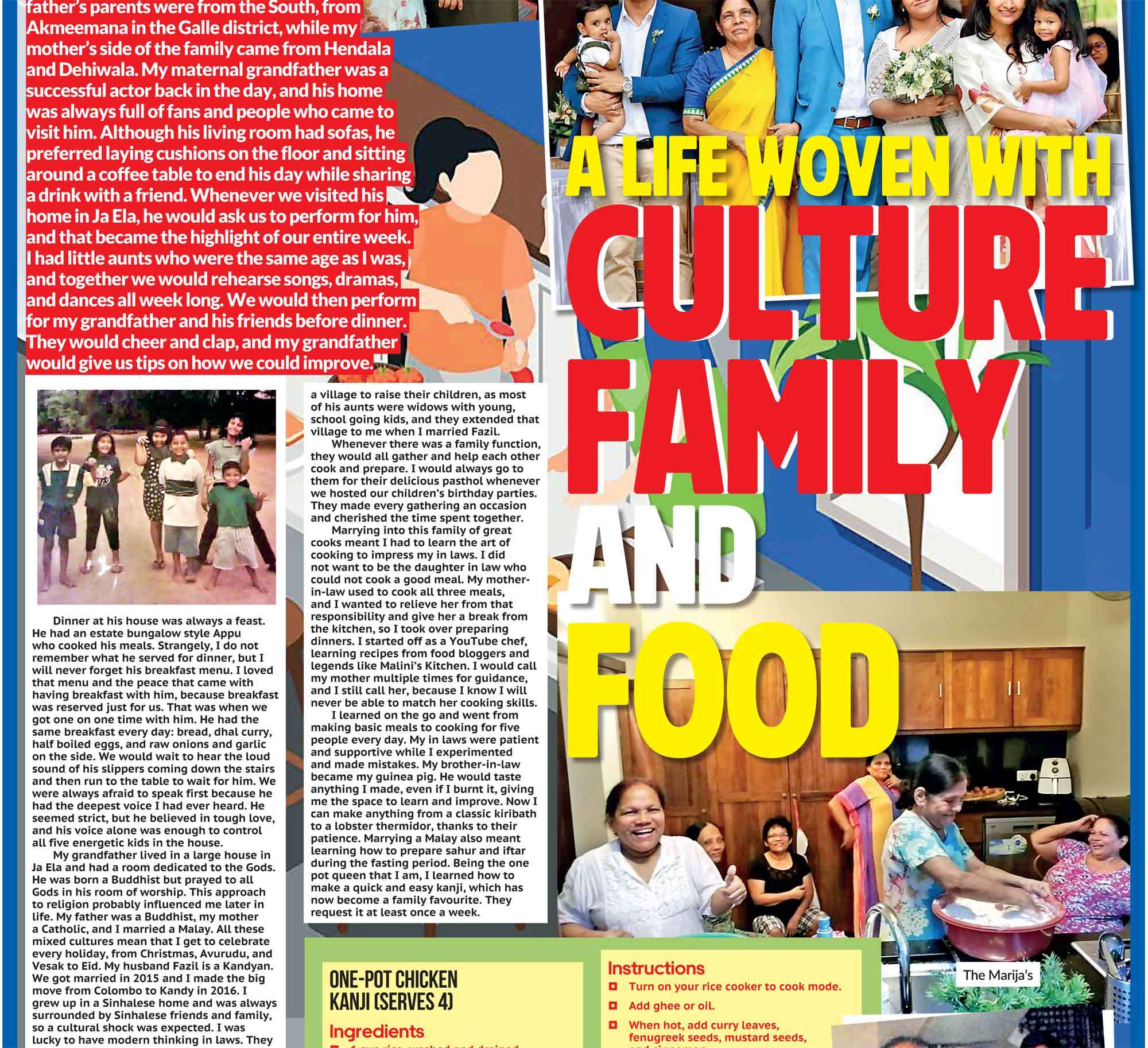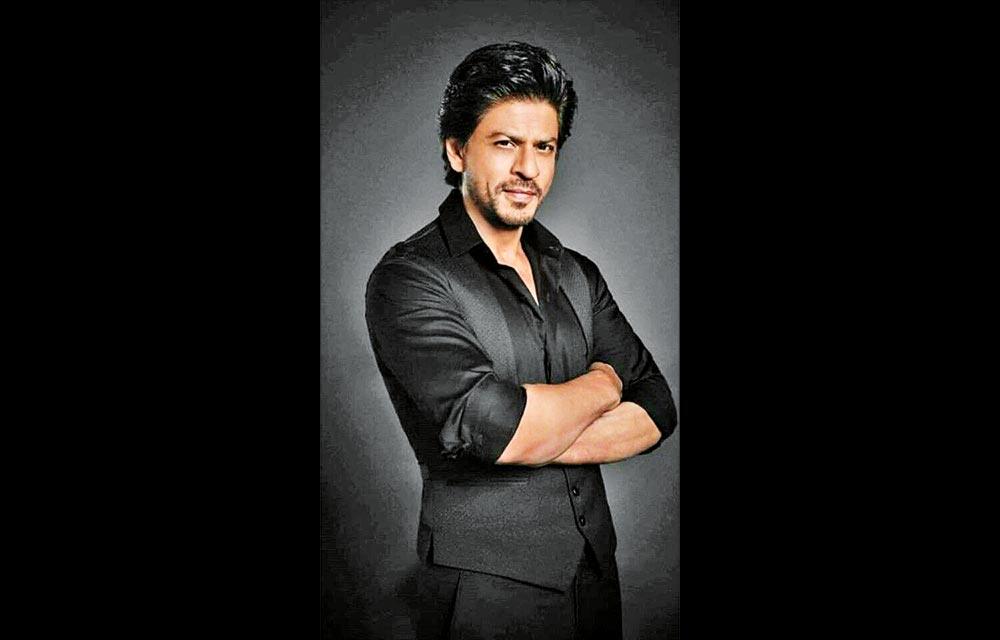
Shah Rukh Khan
India is not just the land of Bollywood. With its multilingual, multicultural landscape, the Indian film industry is a vast and vibrant universe made up of many parallel galaxies, each with its own language, audience, storytelling style, stars, and cinematic legacy. While Bollywood (Hindi-language cinema) may enjoy the lion’s share of global visibility, the country’s regional film industries are equally, if not more, compelling in their creativity, authenticity, and box-office draw.
From the soulful realism of Malayalam cinema to the high-octane spectacle of Telugu blockbusters, each regional industry represents the pulse of its people, their dreams, dialects, folklore, and identity. Here’s an exploration of India’s most significant cinematic regions, each contributing uniquely to the mosaic of Indian cinema.
Punjabi Cinema
Base: Chandigarh and Punjab
Language: Punjabi
|
Diljit Dosanjh
|
Vibrant, musical, and rooted in agrarian traditions and diaspora identity, Punjabi cinema has carved out a niche audience both in India and abroad. Often reflecting the joys and struggles of the Punjabi people, these films are deeply emotional, humorous, and often musical extravaganzas. While earlier films like Jatt & Juliet and Carry On Jatta leaned into comedy, recent years have seen an increase in experimental and dramatic films such as Qismat, Sufna, and Ardaas. The Punjabi music industry, with icons like Diljit Dosanjh, Amrinder Gill, and Gippy Grewal, often overlaps with its cinema, creating a powerful cultural ecosystem.
Bengali Cinema
Base: Kolkata, West Bengal
Language: Bengali
Bengali cinema boasts a rich legacy, having given the world legendary auteurs like Satyajit Ray, Mrinal Sen, and Ritwik Ghatak. Known for its intellectual depth and poetic storytelling, Bengali films often explore existential questions, family dynamics, and socio-political themes.
Today, while commercial films remain popular, there’s a strong parallel cinema movement with films like Aparajito, Rajkahini, and Vinci Da garnering acclaim. Bengali cinema has also been a consistent contributor to India’s art house legacy.
Kollywood (Tamil Cinema)
Base: Chennai, Tamil Nadu
Language: Tamil
|
Rajinikanth
|
Kollywood is renowned for its intense storytelling, socio-political narratives, and visionary filmmaking. It has been home to auteur filmmakers like Mani Ratnam and Shankar, and legendary actors like Kamal Haasan, Rajinikanth, Vijay, and more recently, Dhanush. Tamil films often grapple with themes like caste, corruption, and justice, but also embrace fantasy, mythology, and science fiction. Films such as Asuran, Super Deluxe, and Vikram Vedha showcase the range and boldness of Kollywood’s current offerings. The industry is also known for its technical brilliance, especially in cinematography and music.
Other Notable Cinemas
- Marathi Cinema (Maharashtra): Known for realistic and socially relevant storytelling (Court, Sairat).
- Bhojpuri Cinema (Uttar Pradesh, Bihar): Mass-market appeal with rural narratives, though often criticized for lack of innovation.
- Gujarati Cinema (Gujarat): Revived in recent years with thoughtful, culturally rich stories like Hellaro and Reva. Assamese and Northeastern Cinema: Films like Village Rockstars and Aamis have brought critical attention to underrepresented regions.
A Cultural Powerhouse
Indian cinema is not a monolith. It is a collection of cultures, languages, and identities, each telling its own story, in its own voice, for its own people. And yet, there’s a growing overlap: pan-India releases, multi-language dubs, crossover stars, and OTT platforms are helping bridge the gap between regional pride and national popularity. In an era where diversity is finally being celebrated, the rise of India’s regional cinemas is not just refreshing; it’s revolutionary. As viewers move beyond linguistic boundaries, the future of Indian cinema lies not in uniformity, but in unity through difference.
Mollywood (Malayalam Cinema)
Base: Kerala
Language: Malayalam
|
Mammootty |
Critically acclaimed for its realism, strong screenwriting, and artistic integrity, Malayalam cinema has quietly become a favourite among cinephiles both in India and abroad. Mollywood’s rise has been organic, fuelled by intelligent scripts, powerful performances, and modest budgets that prioritize story over spectacle. Directors like Lijo Jose Pellissery, Mahesh Narayanan, and Jeethu Joseph have created unforgettable films such as Jallikattu, Drishyam, and Take Off. Actors like Fahadh Faasil, Parvathy Thiruvothu, and Mammootty are revered for their versatility. Mollywood is less concerned with glamour and more focused on authenticity, making it one of the most respected industries today.
Sandalwood (Kannada Cinema)
Base: Karnataka
Language: Kannada
|
Rakshit Shetty
|
For years, Kannada cinema remained under the radar compared to its southern counterparts. But the success of the KGF series has catapulted Sandalwood into national consciousness. With slick production values and high-octane storytelling, KGF proved that Kannada cinema can compete on a global scale. Historically, Kannada films have been rich in literary adaptations and philosophical themes, with stalwarts like Girish Kasaravalli and Puttanna Kanagal shaping its golden era. Today, the industry is undergoing a renaissance with young filmmakers and actors like Rakshit Shetty (777 Charlie, Kirik Party) pushing creative boundaries.
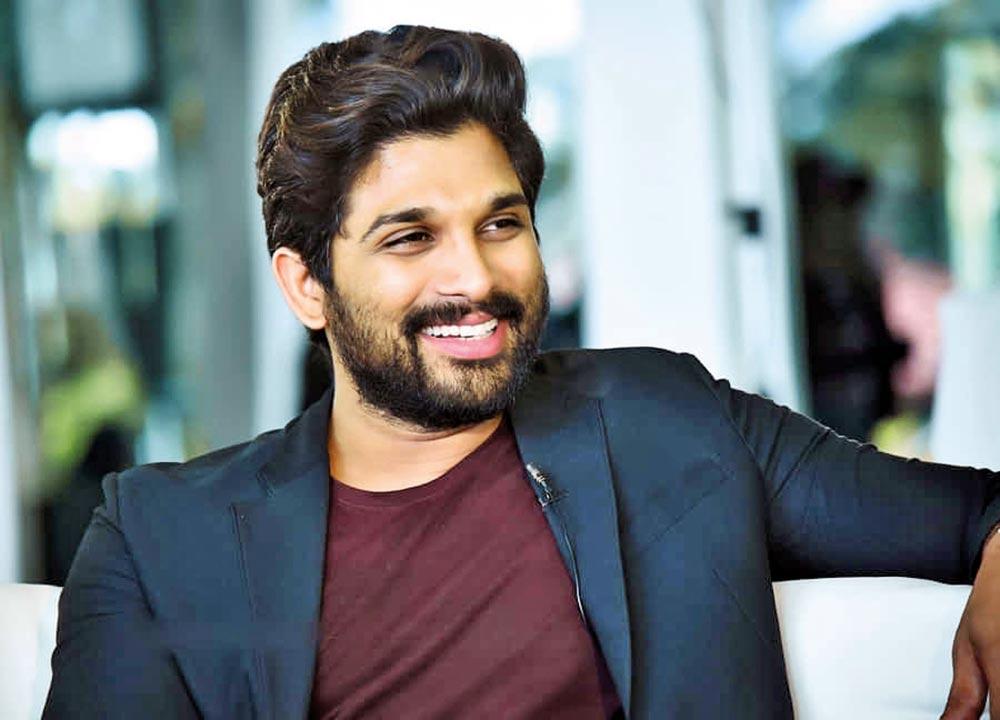
Allu Arjun
Tollywood (Telugu Cinema)
Base: Hyderabad, Telangana and Andhra Pradesh Language: Telugu
|
Mahesh Babu |
Once perceived as second to Bollywood in terms of mass appeal, Tollywood is now arguably the most influential industry in India, thanks to global hits like Baahubali, RRR, and Pushpa.
These films have redefined commercial Indian cinema with their epic scale, world-class visual effects, and universal themes. The Telugu industry balances masala entertainers with socially driven stories, often told through the lens of heroism. Its top stars, Prabhas, Allu Arjun, Mahesh Babu, N.T. Rama Rao Jr. command fan bases that rival Hollywood A-listers. The pan-India success of Telugu films has blurred linguistic boundaries and shifted the power balance in Indian cinema.
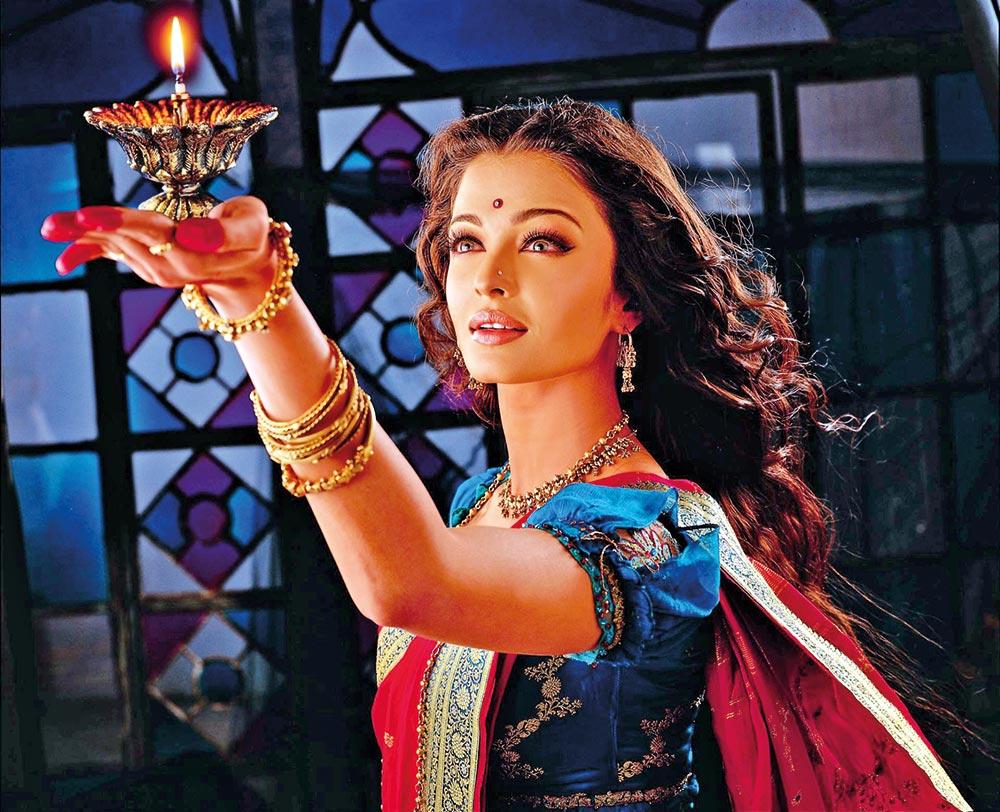
Aishwarya Rai
Bollywood (Hindi Cinema)
Base: Mumbai, Maharashtra
Language: Hindi
|
Priyanka Chopra |
The most globally recognized arm of Indian cinema, Bollywood is often mistaken as the whole of Indian cinema. But it’s just the tip of the iceberg. Known for its grandeur, musicals, dramatic storylines, and star culture, Bollywood has produced some of India’s most iconic films and actors, from Sholay and Dilwale Dulhania Le Jayenge to global superstars like Shah Rukh Khan, Aishwarya Rai, Priyanka Chopra, Amitabh Bachchan, and Deepika Padukone. While Bollywood historically thrived on escapist masala films, the last two decades have seen a shift towards more grounded storytelling with films like Gully Boy, Article 15, Piku, and Kahaani. Streaming platforms have also allowed more diverse narratives and fresh talent to emerge. Bollywood remains a dominant cultural force, but it now competes with the rising quality and popularity of regional cinema.
